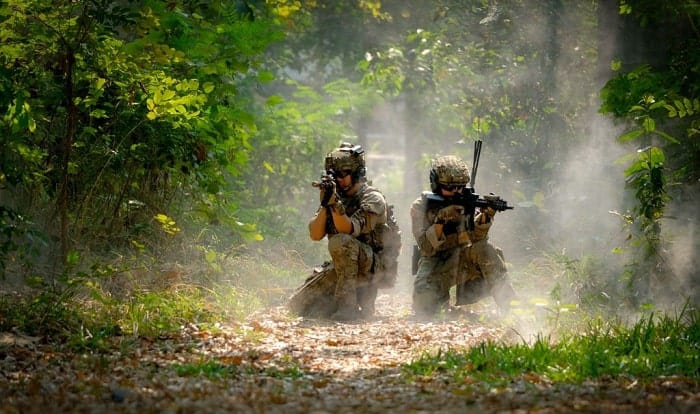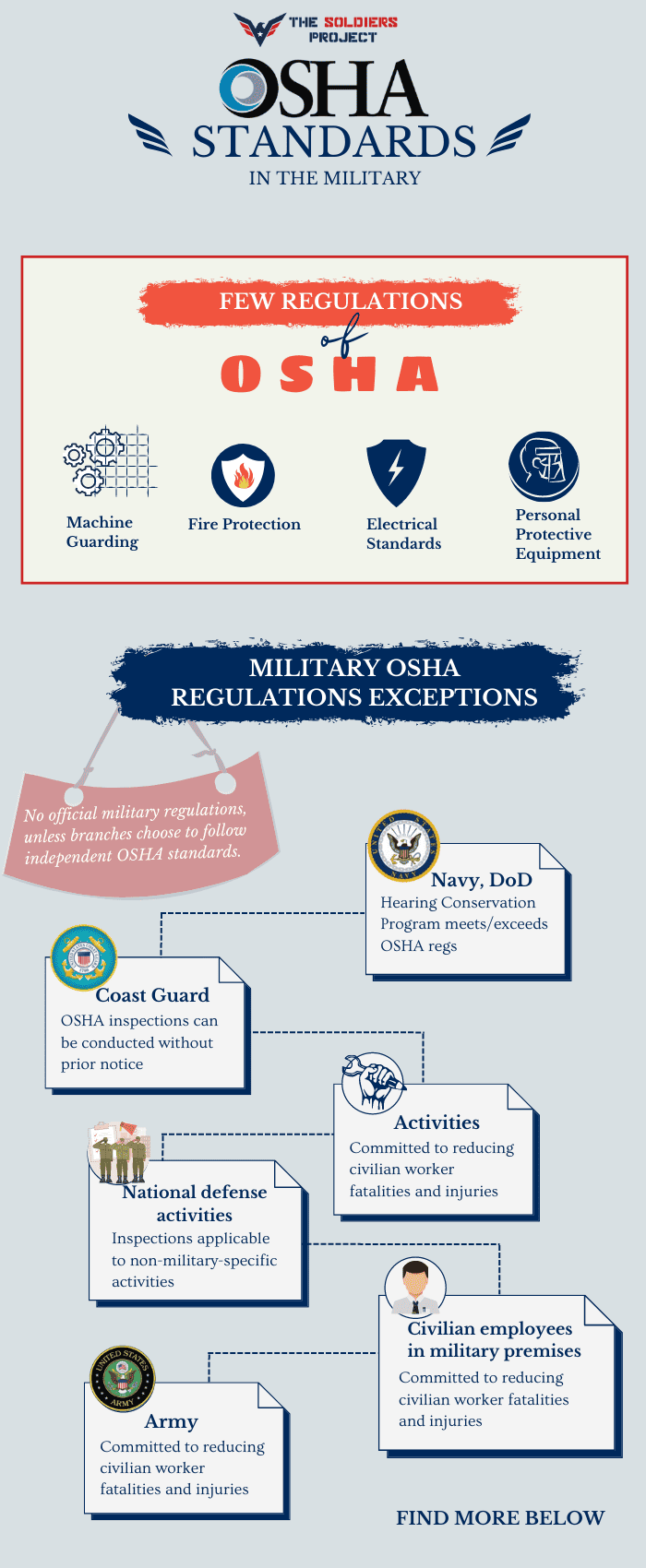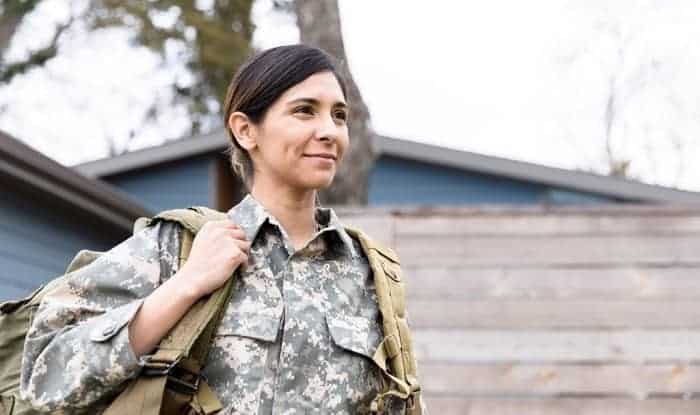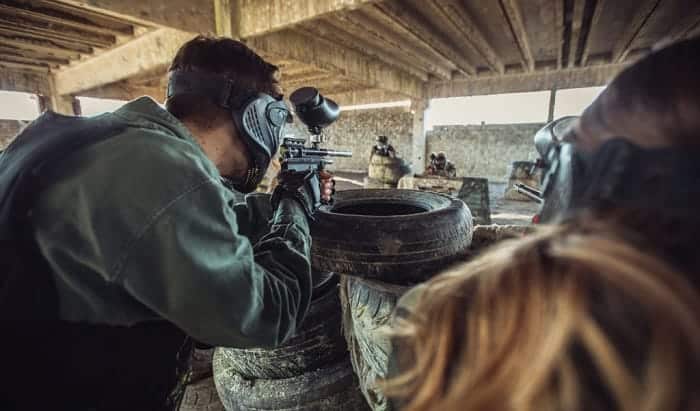Do the OSHA standards apply to the military? The answer is yes—and no. This can be a gray area for many service members and particularly those who are preparing to enlist. If you want to know the answer to “how do OSHA standards apply to the military,” continue reading.
In this article, we will briefly explain what the OSHA is, what the associate regulations are, and how the OSHA applies to the military. Read on for the details!
Table of Contents
A Guide to OSHA
What is OSHA
OSHA is short for the Occupational Safety and Health Administration. It was developed in 1970, following the Occupational Safety and Health Act, to make sure that employees have a safe and healthy working environment.
What are OSHA Regulations
A few OSHA rules are:
- Personal Protective Equipment: Personal protective equipment at workplaces must meet standards, so not damaged or defective. Access to these gears should be easy and workers should be informed on how to use them.
- Fire Protection: Workplaces must have standard fire protection, including fire alarms, sprinkler systems, fire extinguishers, etc. Again, the workplace should guarantee that these devices work.
- Machine Guarding: Workplaces need to have machine guards for the workers so that they do not get into injuries. This rule is particularly important for workplaces, where dangerous machines are commonly used.
- Electrical Standards: Workplaces must ensure that wires are never exposed; any damaged cords must be fixed instantly. Before that, they must be installed properly by people with expertise. This is to prevent fires and electrocutions from happening and causing injuries in the workplace.
How Do OSHA Standards Apply to The Military
OSHA Standards for the Military
While the OSHA regulations apply to all employers across the country, there are exceptions when it comes to the military.
There are no official regulations applicable to the military unless military branches choose to implement OSHA standards independently. This is because integrating safety into military missions will increase the probability of mission success.
For instance, the Army, since 2003, has committed to decreasing the percent of fatalities and injuries among civilian workers every year, under the Strategic Partnership Program.
Despite being exempted, the Navy and DoD (Department of Defense) has a Hearing Conservation Program where they work towards meeting or exceeding OSHA regulations focused on preventing hearing loss. As such, there are often noise surveys conducted to pinpoint those who are susceptible to harmful noises during service.
From here, methods are designed to minimize such noises and protect said individuals. You can expect to participate in sessions that teach about the dangers of over-the-threshold noises and receive protective hearing gear.
Additionally, OSHA does cover civilian employees working in the military premises. In detail, the OSHA can inspect the Coast Guard’s facilities where civilians are based without giving a heads-up.
They can also check up on equipment and procedures that are not military-exclusive. This refers to activities that can be put onto the same spectrum as private-sector activities like vehicle repair, medical services, construction, engineering, and office or admin procedures.
The problem is that it is not always easy to concretely differentiate these activities. For example, activities used for national defense that involve designing DoD equipment and procedures, including tactical vehicles like aircraft and tanks as well as weapons like missiles and artillery will not have to comply with OSHA regulations.
OSHA Standards as the Minimum
OSHA standards are the minimum standards adopted by the army. Thus, OSHA regulations do not come before or are superior to military standards.
If you work for the military or want to enter a military contract, you will have to spend time researching and getting to know the EM-385-1-1, which is a manual for safety and health requirements put together by the USACE, or the US Corps of Engineers. This features extensive detail on accident prevention plans, technical provisions, and employee training.
- Accident Prevention Plans: An accident prevention plan has to be crafted for every project and each phase of the project, wherein potential risks are identified and solutions are outlined beforehand.
- Technical Provisions: Huge emphasis on job site training, where workers are taught to look for not-so-obvious dangers rather than solely focusing on the visibly obvious issues.
- Employee Training: There is an initial rigorous safety training as well as ongoing sessions throughout any projects. There should be safety meetings regularly to reflect and set goals; it is compulsory to have a meeting like this once a month for supervisors, and once a week for workers.
You can watch this video:
Conclusion
Now, you have the full answer to “how do OSHA standards apply to the military?” Regardless of whether you are already a service member or are just about to enlist, it is good information to know. Hopefully, this article was helpful.
If you have any other follow-up questions, do not hesitate to ask us. Or, if you have any thoughts to share on this topic, let us know in the comments. Do not forget to share this article with others as well!

I am Everett Bledsoe, taking on the responsibility of content producer for The Soldiers Project. My purpose in this project is to give honest reviews on the gear utilized and tested over time. Of course, you cannot go wrong when checking out our package of information and guide, too, as they come from reliable sources and years of experience.




